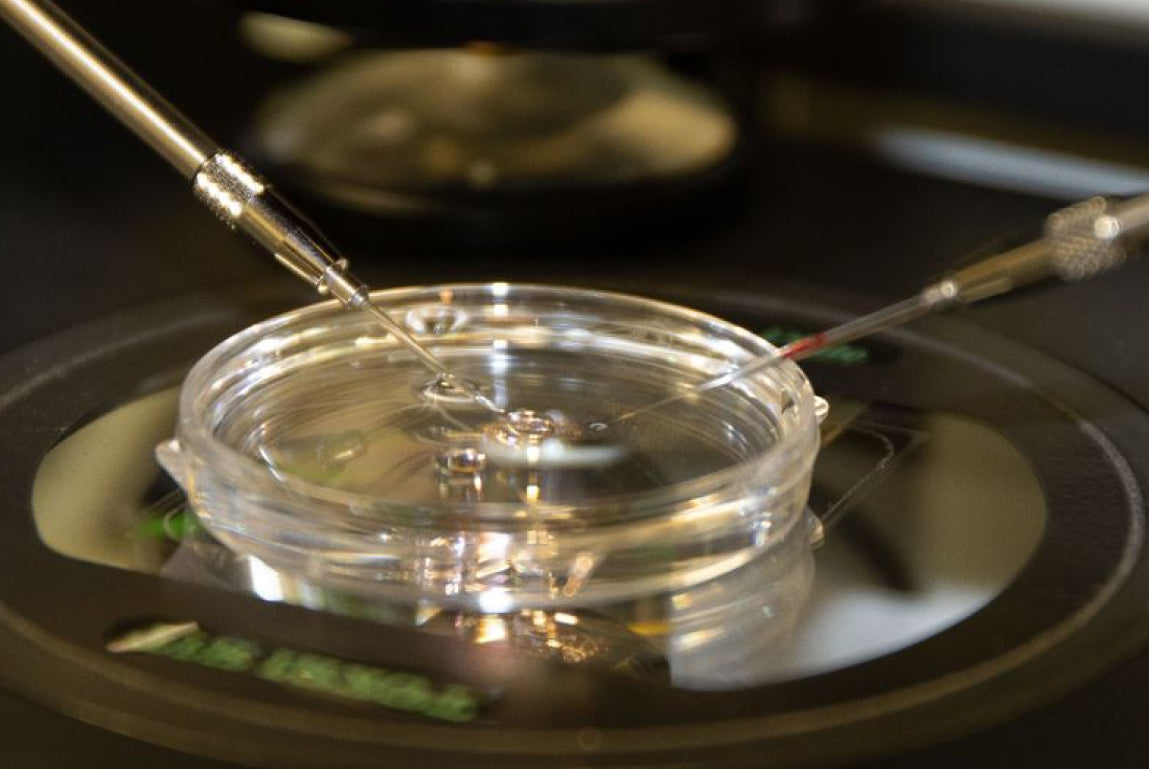

Table of Contents
Key Takeaways
Testicular tissue cryopreservation offers hope to prepubescent boys facing cancer treatments that threaten fertility.
The first human spermatogonial stem cell transplant marks a major milestone in male oncofertility research .
Full spermatogenesis recovery time may take months or even years, and outcomes vary.
Animal studies show promise, with some monkeys even fathering offspring post-transplant.
These experimental fertility treatments are closing the gap in reproductive options between male and female cancer survivors.
Sperm on Ice: How One Boy Froze His Future Fertility
When 11-year-old Aiwén Hsu sat out a few soccer games for a sore knee, nobody guessed it was the opening act of a life-altering medical saga. The diagnosis? Osteosarcoma—a fast-moving bone cancer that doesn’t care how young, vibrant, or sporty you are.
Enter chemotherapy, stage left. The life-saving, gonad-blasting treatment that can save your bones but wreck your baby-making bits. The doctors had to break it to Hsu’s family: this kind of treatment often causes azoospermia after chemotherapy, meaning zero sperm in your future ejaculation. That’s not the kind of legacy most people plan for at age 11.
And here’s the kicker: traditional sperm banking wasn’t even an option. Hsu hadn’t hit puberty yet, so there were no mature swimmers to stash. No backup plan. No Hail Mary. Or so it seemed.
Freezing the Boys Before They Exist: Welcome to Testicular Time Capsules
Instead of giving up on fertility preservation altogether, Hsu’s family enrolled in an experimental fertility preservation program at UPMC Children’s Hospital of Pittsburgh. What happened next sounds like something out of a sci-fi reboot—but it’s real.
Doctors performed a testicular biopsy for fertility preservation, extracting a minuscule sliver of testicular tissue packed with spermatogonial stem cells. These are the raw materials—the baby-makers of your future baby-makers. They were then frozen using a process called testicular tissue cryopreservation, turning Hsu’s future into a popsicle of potential.
Sound wild? It is. But this approach is becoming the go-to for fertility preservation in childhood cancer patients who are too young to produce sperm. And while it’s still considered experimental fertility treatment, it's one of the most exciting developments in male oncofertility research .
From Freezer to Fertility: The Great Thaw and Replanting Mission
Fast-forward to November 2023. Hsu’s now a 24-year-old man, and it’s time to see what science can really do. He heads into surgery again—but this time it’s not for cancer. It’s for something far more hopeful: reintroducing his own spermatogonial stem cells into his testicle.
Yes, you read that right. Scientists thawed out that precious sliver of preserved tissue and injected it into his seminiferous tubules—the sacred halls of sperm production. The goal? Kickstart spermatogenesis recovery time and maybe, just maybe, reboot his fertility.
It’s like watering a long-dormant seed and hoping it blooms. Except the seed was frozen for over a decade and lives in your testicle. You know, normal stuff.
Science, Monkeys, and Hope: The Bigger Picture in Male Fertility
The team behind this pioneering effort isn’t winging it. They’ve already tested these methods in mice and monkeys. In fact, in animal models, reimplanted testicular tissue has resulted in sperm regeneration after cancer—and even live births using intracytoplasmic sperm injection (ICSI) .
Now, Hsu becomes the first human participant. Is it a guaranteed win? Not yet. But hormone levels are stable. No complications. Testicular architecture looks good. The foundation is set.
And while his semen samples haven’t shown sperm yet, no one's ringing the "game over" bell. This isn’t a sprint—it’s a slow dance. And fertility might still be just around the corner.
Why One Tiny Biopsy Might Not Be Enough
Here’s the tricky part: when you’re 11, your doctors understandably don’t want to carve out large pieces of tissue. So in Hsu’s case, they collected a microscopic amount—barely enough to fill the tip of a pencil.
That means fewer stem cells. And even if they do repopulate, the sperm count might be too low for a wild night and a spontaneous baby. That’s where assisted reproductive technology (ART) comes in. If sperm production resumes, another testicular biopsy for fertility preservation might be done to extract the sperm directly for IVF or ICSI.
Because yes, there are levels to this. And sometimes, science needs to step in with a lab coat and a magnifying glass.
More Boys, More Breakthroughs: The Future of Cryopreserved Fertility
Hsu is only the first in line. Other childhood cancer and fertility survivors—many with larger tissue samples—are prepping for similar trials. Some studies are experimenting with reimplanting whole slices of preserved tissue under the skin of the scrotum. (We know. It sounds like a punchline, but it’s legit science.) This method has already resulted in a live monkey birth.
Globally, the field is heating up. In Belgium, a research team pulled off the world’s first human testicular tissue graft in early 2025. Their patient is now under tight monitoring to see if sperm production resumes.
These aren’t isolated stunts. They’re part of a wave of stem cell therapy for male infertility that’s trying to close a long-standing gender gap. Because for years, ovarian tissue cryopreservation has helped female cancer patients go on to have over 200 healthy babies. Now it’s the boys’ turn to get some of that fertility redemption arc.
Legacy Matters: The Emotional Side of Sperm Science
It’s easy to talk about testicles, stem cells, and cryopreservation with clinical detachment. But let’s not lose sight of what’s really at stake here: the ability to become a parent. A biological one, if that’s what you want.
When asked why he chose to go through with the transplant, Hsu said, “Even if it doesn’t succeed for me personally, the data we gather could open doors for future childhood cancer survivors.”
That’s a big damn deal. And we’re here for it.
This research isn’t just about getting sperm back in the game—it’s about redefining survivorship. It’s about ensuring that kids who beat cancer don’t have to sacrifice their future dreams of a family. And if that’s not worth cheering for, we don’t know what is.
Conclusion: The Boys Are (Hopefully) Back in Town
Hsu’s story is still unfolding, but his courage and patience are paving the way for a new chapter in stem cell transplant infertility recovery . With each tiny milestone—stable hormone levels, normal ultrasounds, the possibility of future sperm—he’s helping shape a future where cryopreservation for fertility isn’t a hail mary, but a smart, standard step in cancer care.
If you’re someone who’s gone through chemo, battling infertility, or just wants to keep your future options open, this science matters. And while we can't guarantee miracles, we can promise this: the future of male fertility preservation is looking bolder, smarter, and more hopeful than ever.
And if you're ready to support your sexual wellness while you wait for science to do its thing, Popstar's Volume + Taste Supplement is here to help keep your confidence—and your load—feeling strong. We’re not saying it’s magic. But it is science-backed and formulated to help you put your best, ahem, foot forward.
Frequently Asked Questions
What is spermatogonial stem cell transplant?
It’s a procedure where early-stage sperm cells are reimplanted into the testicles, aiming to restart sperm production after cancer treatment.
Can you restore sperm production after chemotherapy?
In some cases, yes. Especially with advanced experimental techniques like stem cell transplantation and cryopreservation for fertility , there’s growing hope.
What is testicular tissue cryopreservation?
It’s the process of freezing immature testicular tissue, often in prepubescent boys, to preserve their future fertility.
How long does spermatogenesis recovery take?
There’s no one-size-fits-all answer, but it can take several months to years for sperm production to resume after transplantation.
Is this available to all patients now?
Not yet. Most procedures are still part of clinical trials, but rapid advancements in male oncofertility research are making them more accessible.











